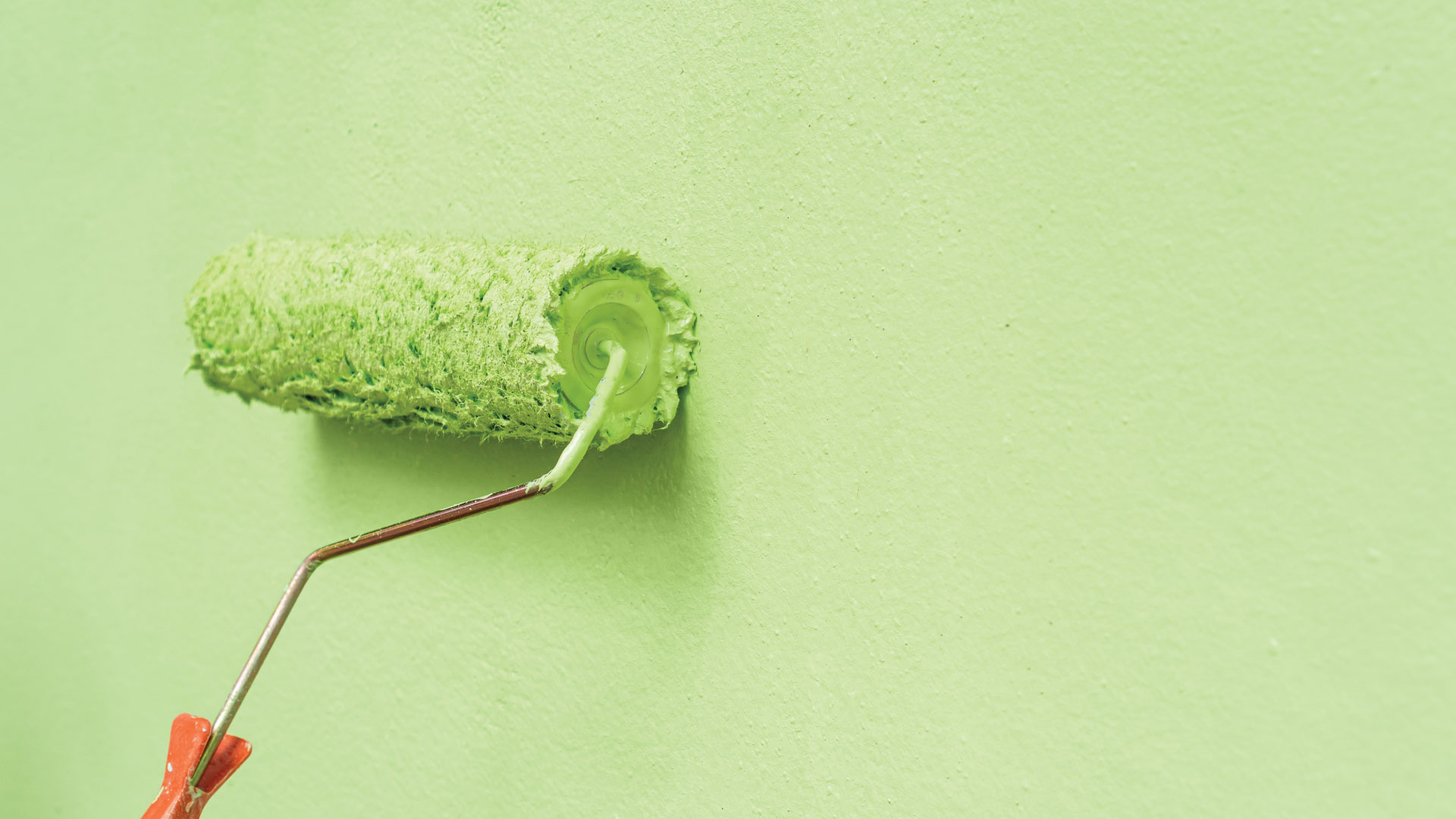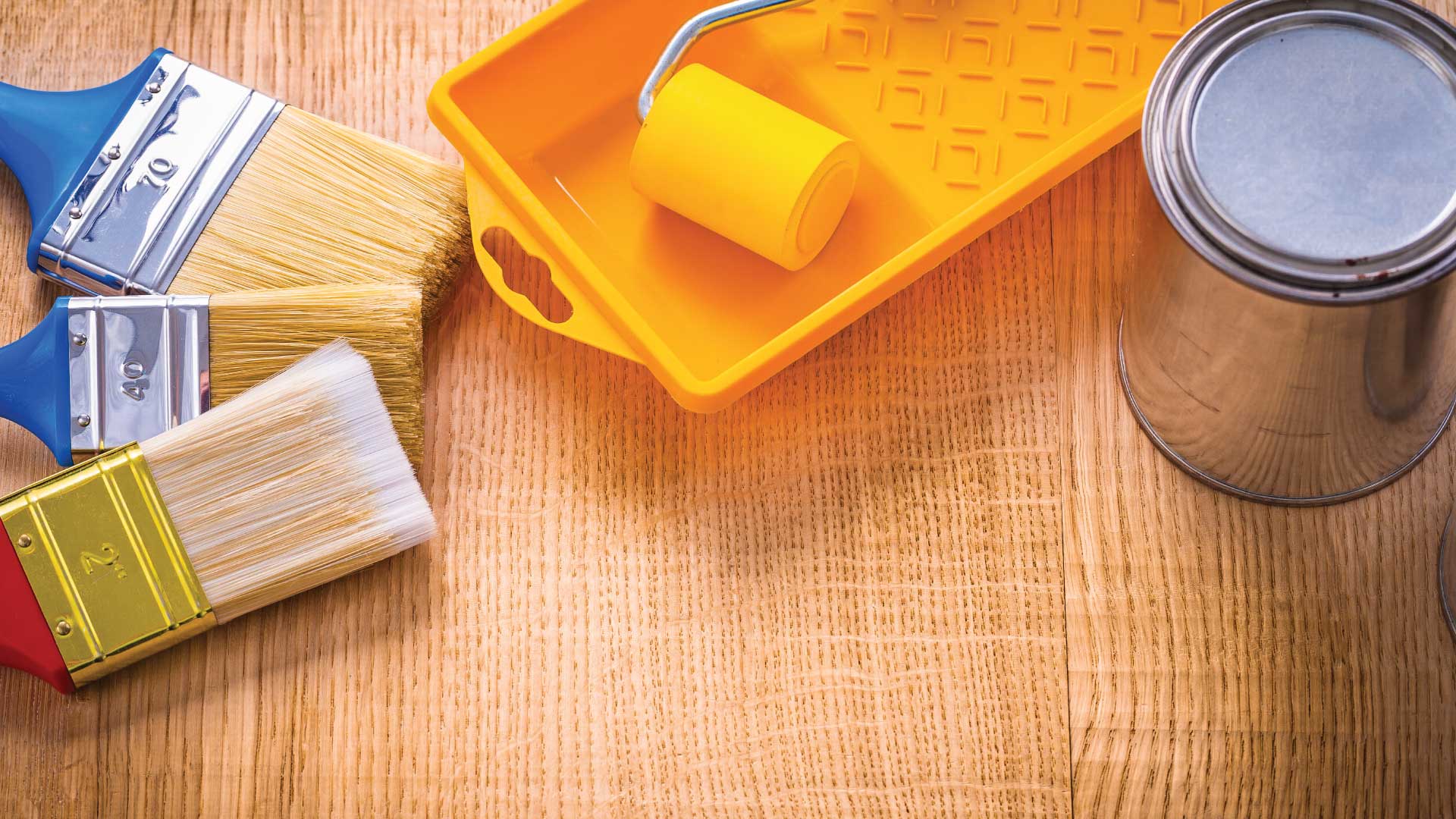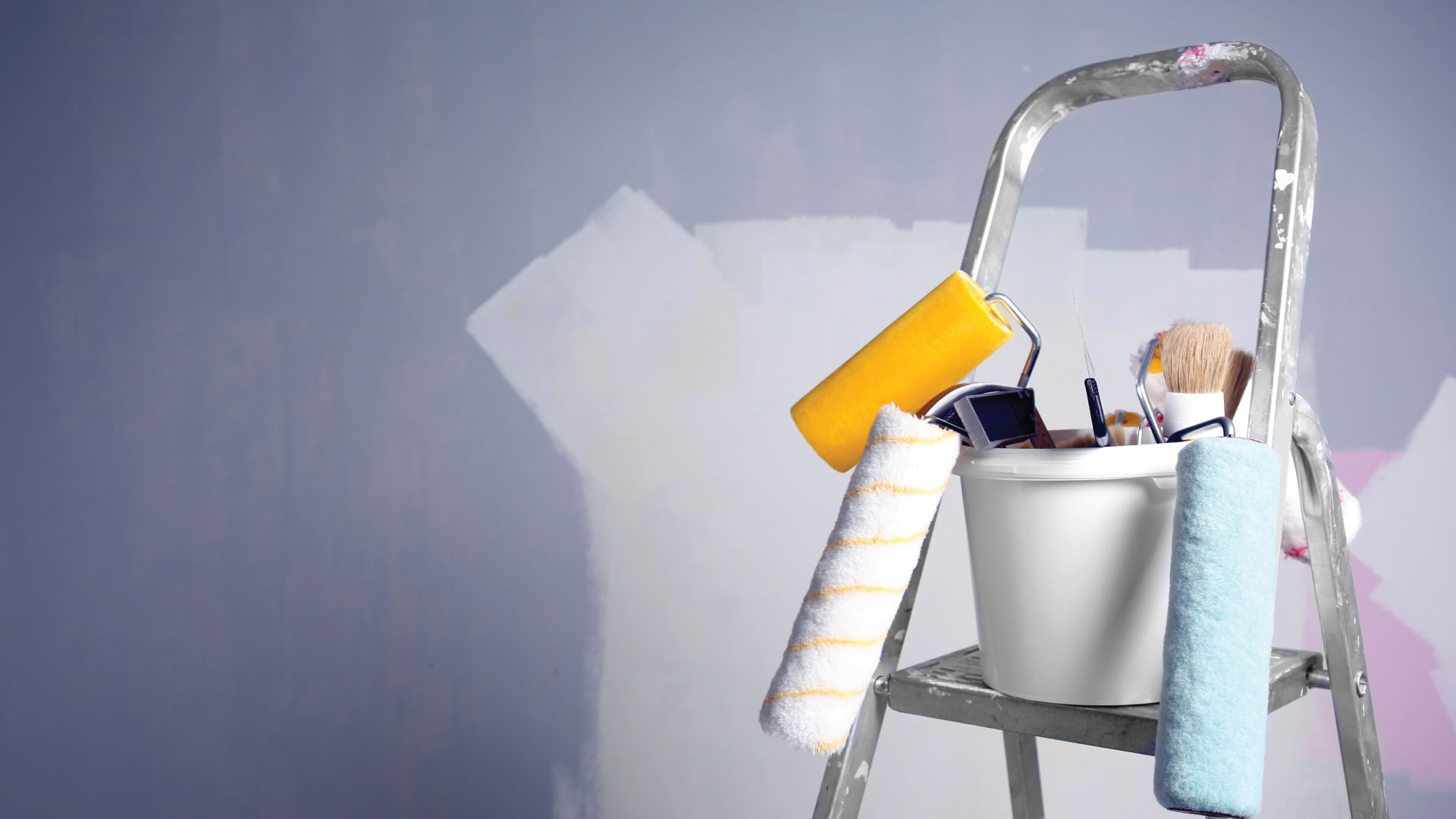
Paintings are not only artistic expressions on canvas but also guardians of structures, vehicles, and elements exposed to the elements. In outdoor environments, weather conditions can be challenging, wearing down and fading painted surfaces over time. This is where the importance of weather-resistant paints comes into play—a category of coatings that not only provide color and aesthetics but also long-lasting protection. In this extended discussion, we will delve deeper into what makes these paints exceptional and how they contribute to the preservation and longevity of exterior surfaces.
1. Weather Resistance:
Weather-resistant paints are formulated with special ingredients that allow them to withstand adverse weather conditions. Constant exposure to sunlight, rain, snow, and temperature fluctuations can lead to the deterioration of conventional paints. However, weather-resistant paints incorporate protective agents that prevent fading and deterioration, ensuring that the original appearance lasts longer.
These paints create a robust barrier against the elements, acting as a shield that protects the underlying surface. The advanced chemistry behind their formulation helps them resist the corrosive effects of rain and the degrading impact of UV rays. This resilience not only maintains the visual appeal of the painted surface but also contributes to the structural integrity of the material underneath.
2. UV Protection Technology:
One of the key factors affecting the durability of exterior paint is ultraviolet (UV) radiation. Weather-resistant paints often contain additives that act as sunscreens, filtering out harmful UV rays. This not only keeps the color vibrant but also protects the structural integrity of the painted surface, as UV rays can cause cracking and weakening of the paint layer.
Moreover, the UV protection technology in these paints goes beyond mere preservation. It actively contributes to the longevity of the surfaces by preventing the breakdown of molecular bonds within the paint. This ensures that the paint remains robust, adhering firmly to the surface and providing ongoing protection against the relentless assault of the sun.
3. Silicone-Based Formulations:
Some weather-resistant paints employ silicone-based formulations. Silicone is known for its ability to repel water, helping to prevent moisture buildup on the painted surface. This hydrophobic characteristic is especially valuable in regions with high humidity or frequent rainfall.
The inclusion of silicone in the paint formulation not only enhances water resistance but also imparts flexibility to the dried paint film. This flexibility is crucial in areas where temperature variations are significant, as it allows the paint to expand and contract with the substrate without cracking or peeling. The result is a durable, weather-resistant coating that adapts to the ever-changing climatic conditions.
4. Breathability:
While protection against moisture is crucial, it is also essential for paints to allow the surface to breathe. Breathability prevents the formation of bubbles and blisters by allowing moisture to escape, which is vital for maintaining structural integrity and paint adhesion over time.
This characteristic is particularly significant in environments where humidity levels fluctuate. In such conditions, the ability of the paint to release trapped moisture prevents issues like peeling, blistering, and mold formation. The breathable nature of weather-resistant paints ensures that the underlying surfaces remain dry and resistant to deterioration.
5. Durability on Different Surfaces:
Weather-resistant paints are not only ideal for exteriors but also demonstrate their durability on various surfaces. Whether applied to wood, metal, concrete, or plastic, these paints exhibit exceptional adhesion and protective qualities, adapting seamlessly to a wide range of applications.
The versatility of weather-resistant paints makes them suitable for different architectural elements and substrates. Whether used on outdoor furniture, fences, or architectural facades, these paints provide a reliable shield against the elements, extending the lifespan of the treated surfaces. This adaptability ensures that the aesthetic and protective benefits of weather-resistant paints can be enjoyed across diverse projects and surfaces.
6. Sustainability and Low Environmental Impact:
In an increasingly sustainability-focused world, weather-resistant paints also seek to minimize their environmental impact. Some options are water-based, reducing the emission of volatile organic compounds (VOCs), benefiting both the environment and providing a healthier alternative for those applying or interacting with the paint.
The commitment to sustainability extends beyond the formulation of the paint to its entire life cycle. Some manufacturers prioritize eco-friendly packaging, ensuring that the environmental impact is minimized from production to disposal. This holistic approach aligns with the growing awareness of the need for sustainable practices in all aspects of life, including the products we choose to enhance and protect our living spaces.
Conclusion:
In summary, weather-resistant paints stand as a testament to the marriage of aesthetics and functionality in the world of coatings. Their resilience against weathering agents, advanced UV protection, silicone-based formulations, breathability, durability on different surfaces, and commitment to sustainability make them indispensable for those seeking long-lasting protection for their exteriors.
The choice of weather-resistant paints goes beyond a mere cosmetic decision; it is an investment in the preservation of surfaces against the harsh realities of the environment. As we continue to prioritize durability, aesthetics, and environmental consciousness, the evolution of weather-resistant paints reflects a commitment to creating lasting impressions while safeguarding the beauty of our outdoor spaces. By choosing paints specifically designed to face the challenges of the weather, we can enjoy colorful and protected outdoor spaces for much longer, making each stroke of the brush a testament to both artistry and engineering.



